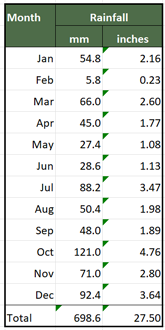Well Wednesday’s sunshine didn't last long and by Thursday we were back into dull conditions. This time with temperatures much more like January with highs around 5°C but so far no very cold nights. Some suggestions are that next week will be colder with overnight frost and snow showers by day. We’d better get some vegetables from the allotment tomorrow in case bad weather really does set in.

We’re always left a little bit disappointed, after visiting RSPB Reserves, that we haven’t managed to see any of the many birds up close. Most of the birds are at the full zoom limit of our camera lenses as the above shot of some lapwings shows. So we decided to invest in a descent bird spotting scope so we could at least get a good view of the birds. However, it is possible to fix a digital camera to a spotting scope with the correct attachments and use it to take close up pictures. Our first task is now to get used to using the spotting scope and at least be able to get it trained on a suitable subject.
I just couldn't resist the temptation to hold a digital camera at the end of the telescope and see what the camera saw. Here it is our first camera shot down the lens of a telescope.
I soon found out why a special attachment is required as I tried to hold the camera in the correct place on the telescope as well as attempt to follow any bird movement and focus telescope and camera all at the same time. Then of course all that’s required is pressing the camera shutter at the right moment.
After a bit of time spent messing about I managed this picture of one of our flock of ‘legless’ sparrows. The telescope was set on its minimum zoom of 24x for this picture and will zoom all the way up to 72x. Room for improvement certainly but this method might just hold some scope for close up photography.


































































